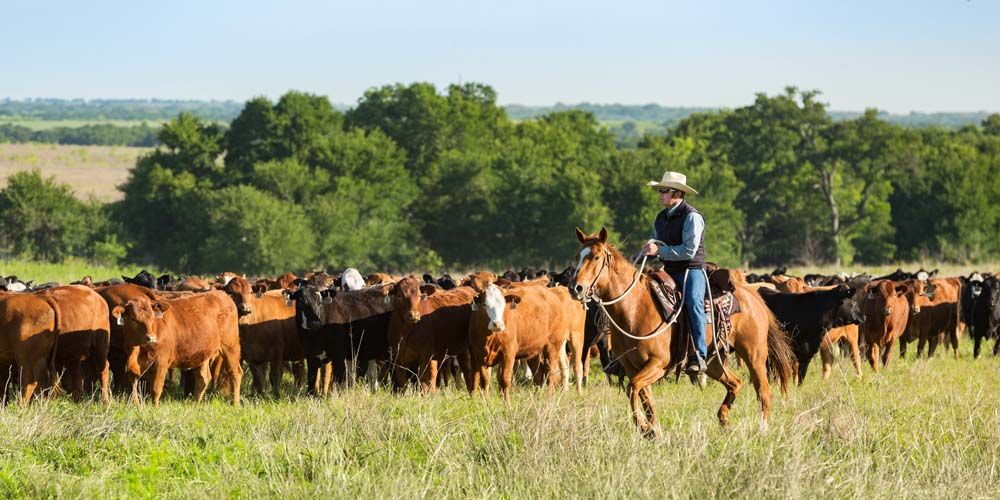Are These Boots Made for Walking?
Picking the Right Boots for You


There is a plethora of aspects to think about when selecting footwear, especially boots.
Things like: how long do you plan on wearing these boots – both per use and how often will you be keeping them in your clothing rotation? What will you be using your boots for? How much money are you willing to spend? What time of year or season will you be using your boots and what kind of materials do you need in your footwear?
The following tips will help you get started.
Pick the Correct Size
We’ve all been in a store, shrugged and said something like, “This will be good enough,” when the ideal product isn’t available.
However, boots are not an item where “good enough” is sufficient, especially for the long haul. It’s always a good idea to try on boots (or any footwear) to see how they feel and how well they will hold up for whatever activity you’ll be using them for. Many would argue that spending a little extra up front for your boots is a worthwhile investment.
Also, different brands are not a one-size fits all. For instance, a size 10 in one brand fits differently than a size 10 in another. While anything can be ordered online these days, boots are one of the rare exceptions where it’s best to go to a store and try them on, especially if you haven’t bought a specific boot or shoe brand before.
Consider Your Activities
In addition to finding the right size, you’ll want to consider what you will be using the boots to do because if all you can think about is how uncomfortable your boots are, the less likely you are to do any activity in them. Animal chores on your acreage?
Working on your outdoor landscaping? Welding or woodworking hobby? Hiking in different terrain? Answering these questions will help you decide the type of boots you need.
Personalize Your Boots
You need to find the correct boots for you and what you’re doing. Do you need waterproof boots or waders for duck hunting or crossing rivers when hiking? These questions will help you narrow down the seemingly endless possibilities of outdoor footwear available today. Also, the bottom of any boots will need to match the traction necessary to what you plan to do when you’re wearing them.
You should also consider the shape of your feet — not only for function, but for comfort. Everyone’s feet are different, but boot and shoe manufacturers have accounted for this by offering a variety of sizes, widths and even boots that fit certain kinds of feet like high arches, curved (or flat) feet or orthopedic shoes if required.
Evaluate Your Environment
You also need to think about what kind of environment you’ll be working in or recreating. For example, if you plan to shovel snow, you’ll want to make sure they’ll keep your feet warm enough to finish the task. Hiking boots require some flexibility and solid ankle support to absorb different terrain and prevent injuries, but you also wouldn’t want them to be so heavy that fatigue becomes too much of a factor for you to enjoy your outing.
Factor in Variables for Longevity
The environment may also play a role in how long you keep your boots around. As with any footwear or clothing, the more you use it, the more rapidly it will wear out. Considering the way you will be using your boots and how frequently you will be using them will determine how long you expect boots to last and be a major factor in how much money you’re willing to spend.
In general, the longer you plan for your boots to be around, the more money you will probably have to spend on them. If you plan on purchasing boots for work, many companies will reimburse employees to purchase necessary workwear such as boots and insoles.
Speaking of insoles, this is an effective and relatively cheap way to keep your boots lasting even longer and keep them closer to the comfort you felt when they were just broken in. Many people who are on their feet all day as part of their employment will change out insoles periodically rather than change their boots.
Investing in a great pair of boots that you can wear for years to come is a great investment not only in your job or your enjoyment of outdoor life, but an investment in your health as well. Make sure you spend some time and effort picking the right boots for you and your situation.
Tags:Acreage Accents

Acreage Life is part of the Catalyst Communications Network publication family.













